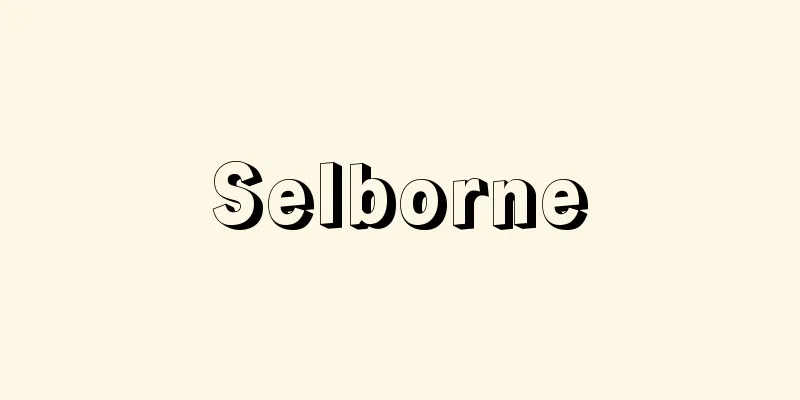Grotesque - Grotesque (English spelling)

|
Generally, it is an adjective meaning something bizarre, eerie, or gaudy and unusual, but as an art term, it is a Western decorative motif, referring to a pattern in which strange figures of people, animals, plants, birds, insects, musical instruments, stationery, masks, etc. are connected by curved lines. The name comes from the artificial grottos (grotta) that were often built in ancient Roman gardens. Grotesque became popular in Italy during the Renaissance as a decorative motif for interior decoration, furniture, textiles, and ceramics, and spread throughout Europe after the 16th century. The walls of the Vatican Loggia (an arcade built inside a building) by Raphael are considered to be a typical example of grotesque, and gave rise to many imitations. From around the 17th century, the word grotesque came to be used not only to describe a pattern, but also to describe a literary concept or character. Romantics such as Schlegel, Jean Paul, and Hugo emphasized the grotesque as a new aesthetic concept in opposition to classical formal beauty. From this perspective, the exaggerated acting of popular dramas such as the Commedia dell'arte, and the eerieness of paintings by Bosch and Caro were reevaluated. Today, the grotesque has become an important aspect of literature and art, as something that manifests an incomprehensible inner world. [Nao Tomobe] Source: Shogakukan Encyclopedia Nipponica About Encyclopedia Nipponica Information | Legend |
|
一般的には、怪奇な、気味悪い、ぎょうぎょうしく風変わりな、などの意味をもつ形容詞であるが、美術用語としては、西洋の装飾モチーフの一つで、異様な人物、動植物、鳥や虫、楽器や文房具、仮面などの形象を曲線でつないだ文様をさす。その呼称は、古代ローマの庭園にしばしばつくられた人工の洞窟(どうくつ)(グロッタ)に由来する。グロテスクは、ルネサンス期のイタリアで、室内装飾、家具、織物や陶器の装飾モチーフとして流行し、16世紀以降、ヨーロッパ全域に広まった。ラファエッロによる、バチカン宮ロッジア(建物の内部につくられたアーケード)の壁面はグロテスクの典型とされ、多くの模倣作を生んだ。 17世紀ごろから、グロテスクは、文様についてのみでなく、文芸上の一つの概念や性格を表す語としても使われるようになった。シュレーゲル、ジャン・パウル、ユゴーなどのロマン主義者は、グロテスクを、古典的な形式美に対立する新しい美的概念として重視した。コメディア・デラルテのような民衆劇の誇張された演技、ボッシュやカロの絵画がもつ無気味さなどが、この観点から再評価された。今日では、グロテスクは、不可解な内的世界を顕在化するものとして、文学、芸術の重要な一面となっている。 [友部 直] 出典 小学館 日本大百科全書(ニッポニカ)日本大百科全書(ニッポニカ)について 情報 | 凡例 |
<<: Grotefend - Georg Friedrich Grotefend
>>: Black Hand Group Kuruwa Tatsuhiki - Black Hand Group Kuruwa Tatsuhiki
Recommend
fairy spoon
...The capsule stalk is thick, 5-10 mm long, and ...
Vincenzo Gioberti
Italian philosopher and politician. As a priest o...
Sakai Magara
1903-83 (Meiji 36-Showa 58) Social activist. Born ...
Al-Andalus (English spelling)
It was originally the name given to the Iberian Pe...
Ruska, E. (English spelling) RuskaE
...a device that uses electrons instead of light ...
Anne Louis Girodet-Trioson
1767‐1824 French Neoclassical painter. Born in Mon...
Kiriani's reaction - Kiriani's reaction
…(3) Epoxides are reacted with hydrogen cyanide. ...
Hainan Island
An island in southern China. It faces the Leizhou...
Oma Ranch
…Located at the northwestern tip of the Shimokita...
Volwiller, EH (English spelling) VolwillerEH
...An ultra-short-acting barbiturate hypnotic. It...
Amami Oshima earthquake
...However, there have been examples of large ear...
Mounet‐Sully
1841‐1916 French actor. His real name was Jean Sul...
Capol - Capol
… The wood called tropical timber includes more t...
Brahma Heaven - Bontenkoku
The title of a sekkyo joruri song. It originated ...
Boroboronoki - tattered tree
A deciduous tree of the family Ardisiaceae (APG c...









